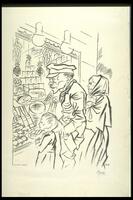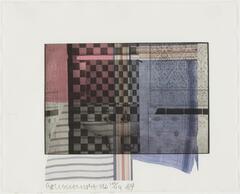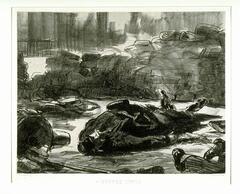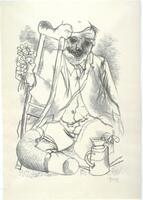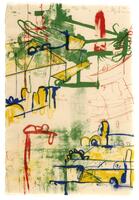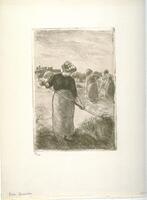13 UMMA Objects
13 UMMA Objects
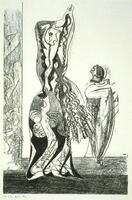
Max Ernst (German (culture or style))
Dancers
1950
Museum Purchase made possible by the Friends of the Museum of Art
1987/1.264
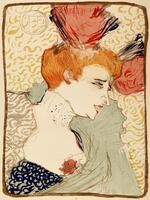
Henri de Toulouse-Lautrec
Mille Lender en Buste
1895
Gift of Ruth W. and Clarence J. Boldt, Jr.
2008/2.389
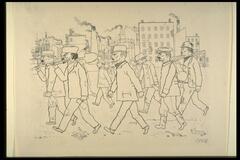
George Grosz (German (culture or style))
Ants (Ameisen), from "In the Shadows" ("Im Schatten")
1920
Gift of Jean Paul Slusser
1948/1.22
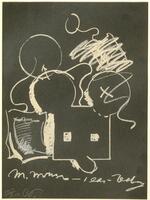
Claes Oldenburg (American (North American))
Untitled, from "The New York Collection for Stockholm: 30 Artists"
1973
Gift of Mr. Robert Rauschenberg
1976/2.122

James Abbott McNeill Whistler (American (North American))
The Sisters
1894 – 1895
Museum Purchase in honor of Nesta R. Spink, made possible by the Oakriver Foundation
2011/1.75

Maurice Denis (French (culture or style))
Mother and Child
1900
Gift of Ruth W. and Clarence J. Boldt, Jr.
2008/2.432
Loading…
